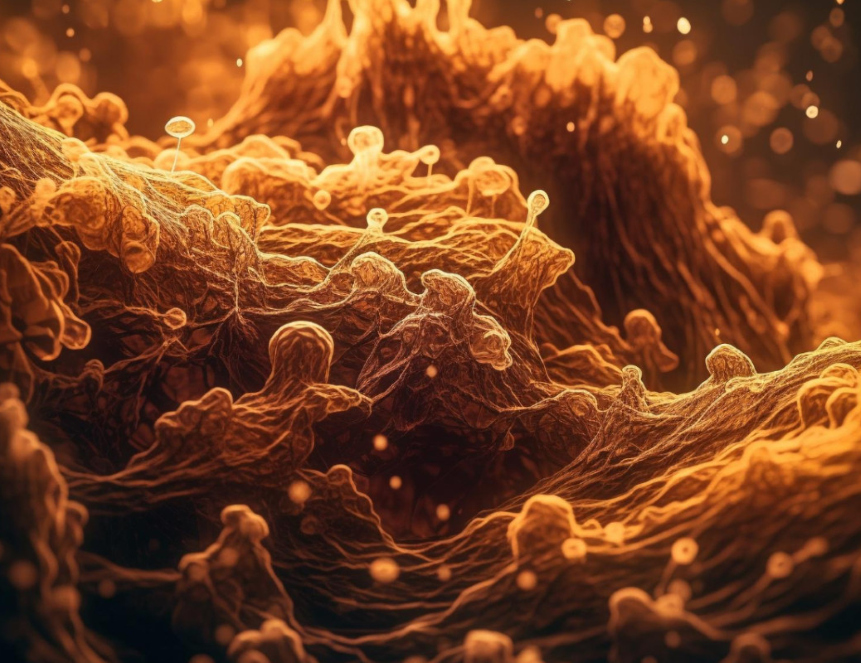Decellularization is a procedure that purifies tissue or whole organs from cellular components. It provides a structure based on naturally occurring extracellular matrix — a structure playing the role of a carcass that provides mechanical support of cells. Changes in composition and properties of extracellular matrix are closely linked to the development of tumors, that’s why the use of matrix-based structures is essential for studying the formation mechanisms of tumors and cancer research.
The existing decellularization techniques are only suitable for several organs, which restricts the scientists in choosing materials for research. That’s why scientists developed their own decellularization protocol, having selected mediums that don’t violate the integrity of the matrix’s fibers and are appropriate for different tissue purification. Cancers can metastasize to different organs, therefore it’s important to be able to work with the greatest number of mediums.
The scientists used liver, lungs, spleen, kidneys and ovaries of 30 mice. Having purified the organs from cells, scientists measured key biomechanical parameters of the matrix: rigidity, pore size and protein fiber diameter. They found that the matrix’s structure is tissue-specific: for example, lung matrix is the softest and has the largest pores, and kidney matrix, in contrast, is a structure with the highest rigidity and has the smallest pore size.
In order to determine how these parameters affect growth and development of tumor cells, scientists colonized the matrix with cells of different breast cancer lines: MDA-MB-231 and SKBR-3. By nature, these cell lines vary greatly. MDA-MB-231 is a and highly differentiated and aggressive triple-negative breast cancer. Contrary to that, the SKBR-3 line resembles to regular cells and has a lower growth rate.
As it turned out, MDA-MB-231 cell lines prefer growing in matrix with low total stiffness and big-sized pores, whereas SKBR-3 cell lines grow better in matrix with low local stiffness, while the size of the pores appear to play no special role. Thus, we can assume that large matrix pores are crucial in the case of invasive cancer cells as it doesn’t prevent cell migration. And for non-invasive lines, local stiffness is an important factor, since it involves the spreading of cells throughout matrix fibers.
«The mechanisms of metastasis have not yet been fully studied and it was previously thought that chemical factors play the main role in metastasis development. However, now there is a good reason to believe that the architecture of matrix and biomechanics also make an important contribution» — stressed Andrey Zvyagin, Deputy Director at the Institute For molecular theranostics.
The new statistics, in particular, will make pro-metastatic niche research more accurate — the mediums in secondary organs that can promote metastasis of the primary tumor.
The material has been prepared with the financial support of Ministry of Science and Higher Education of Russia within the federal project «Popularization of science and technology».



